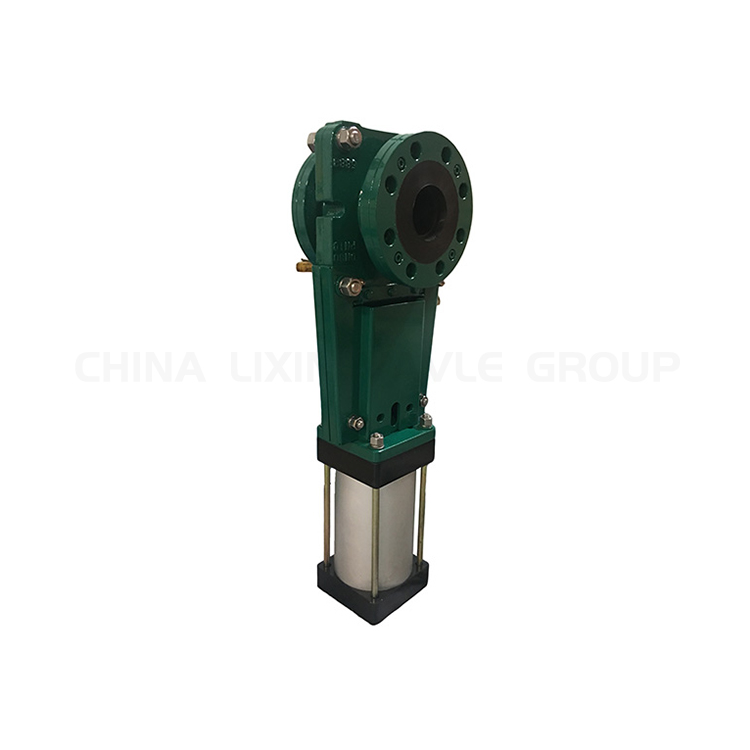Trunnion ball valves are a critical component in various industrial applications, renowned for their reliability and robust performance. This guide delves into the intricacies of trunnion ball valves, exploring their design, benefits, applications, and key considerations for choosing the right trunnion ball valve manufacturer.
What is a Trunnion Ball Valve?
A trunnion ball valve is a quarter-turn valve featuring a ball with two supporting shafts, known as trunnions, located at the top and bottom. This design differs from standard ball valves, where the ball is only supported by the stem. The trunnions provide additional support and stability, allowing for higher pressure ratings and larger valve sizes.
Benefits of Trunnion Ball Valves
High-Pressure Capability: The trunnion design minimizes the load on the stem and seat, enabling these valves to handle significantly higher pressures than standard ball valves.
Reduced Torque: Due to the additional support, less torque is required to operate the valve, making them suitable for automated systems and larger sizes.
Low Maintenance: Trunnion ball valves are known for their long service life and minimal maintenance requirements.
Bi-Directional Flow: These valves can handle flow in both directions, offering flexibility in piping systems.
Wide Range of Applications: Trunnion ball valves find application in diverse industries, including oil and gas, chemical processing, power generation, and water treatment.
Choosing the Right Trunnion Ball Valve Manufacturer
Selecting a reliable trunnion ball valve manufacturer is crucial for ensuring optimal performance and safety. Here are some key factors to consider:
Experience and Expertise: Look for manufacturers with a proven track record and extensive experience in producing high-quality trunnion ball valves.
Material Selection: The manufacturer should offer valves constructed from materials compatible with your specific application and fluid type.
Certifications and Standards: Ensure the manufacturer adheres to relevant industry standards and holds necessary certifications for quality and safety.
Customization Options: Choose a manufacturer that can provide customized solutions to meet your specific requirements, such as size, pressure rating, and material selection.
Customer Support: Opt for a manufacturer that offers comprehensive customer support, including technical assistance and after-sales service.
By carefully considering these factors, you can select a trunnion ball valve manufacturer that provides reliable, high-performance valves for your specific needs.
Conclusion
Trunnion ball valves offer significant advantages in demanding industrial applications. Understanding their design, benefits, and key selection criteria will help you choose the right valve and manufacturer for optimal performance and safety.




 Request a Quote
Request a Quote
























